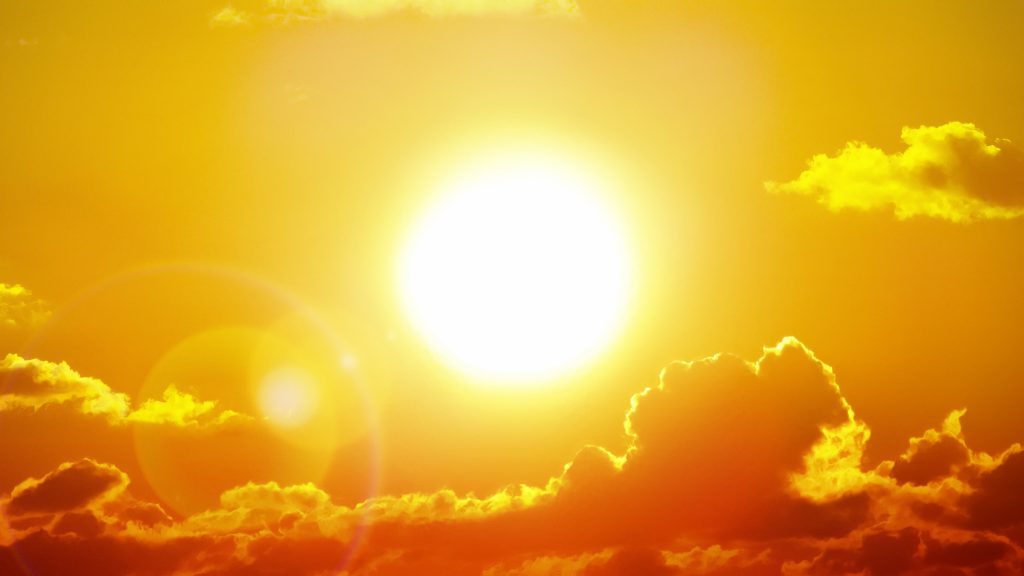
There is a new blog post out at the Southern Plains Perspective. Read Below!
Hot, hot, and more hot. That seems to be the story from Texas these days, and it’s becoming the theme in Oklahoma. Actually, it looks like it’s becoming the theme throughout the entire South.
According to the National Weather Service, the extensive heat that has been hitting the Lone Star State will expand to multiple states over the next week. Temperatures in Oklahoma are expected to reach as high as 103 degrees before the end of the month. And while that pales in comparison to the 119 degrees reached earlier this month in Big Bend Park it is plenty hot with heat advisories and warnings being posted for Oklahoma, Arkansas, Louisiana, Alabama, Mississippi, New Mexico, and Arizona.
Yuck.
The term “heat dome” is starting to join “flash drought” in the popular imagination.
On top of all this, the North Atlantic Ocean has been breaking temperature records. This is impacting weather in Europe, where average temperatures have been increasing twice as much as global averages according to the European Union’s climate change service, and the World Meteorological Organization. Now it looks more and more likely we will have a strong El Nino this year that could have a major impact on weather word-wide.
We could be in for a wild year.
We know extreme weather is always right around the corner in the Southern Plains. We live in tornado alley. Our history is riddled with droughts, floods, blizzards, wildfires, and thunderstorms. What is becoming obvious, however is that what we always thought of as “extreme” weather is becoming more and more the norm. We really need to take steps to better prepare ourselves for the curve balls mother nature is throwing at us.
If you haven’t considered “hardening” your farming and ranching operation to extreme weather, now would be a good time to consider management practices that help us hold on to more moisture when we do get heavy rains (while also controlling soil erosion) and that allow us a cushion of additional soil moisture to better weather extended dry periods. Your local USDA Service Center can help you with suggestions on what steps you can take and what funding might be available to help you make changes. You can find your local service center here.
Check out what help USDA has available because it sure looks like the crazy weather is just going to get crazier.














